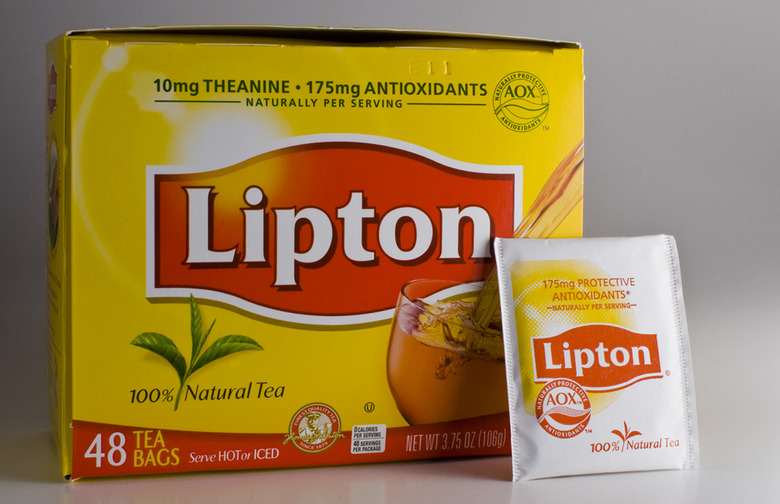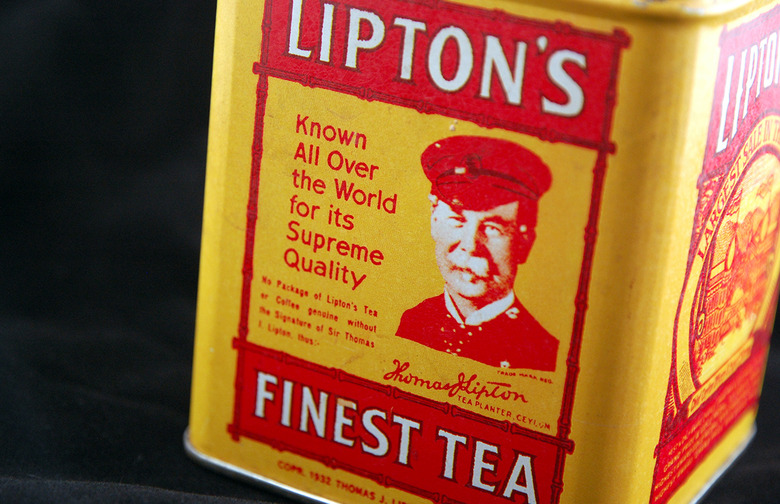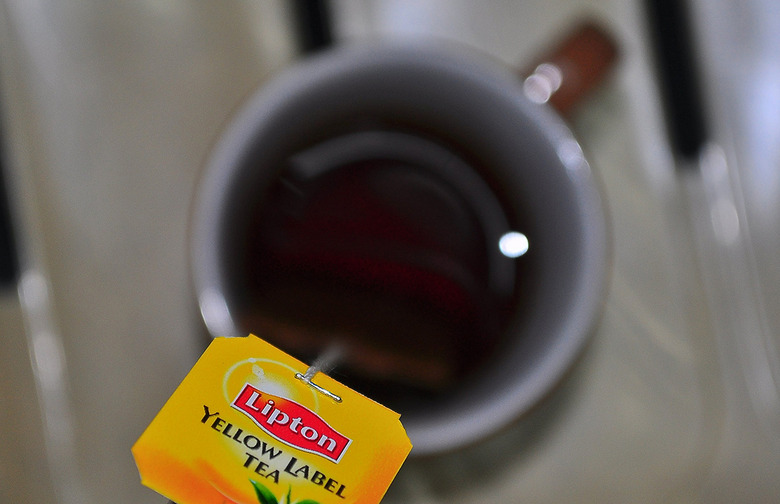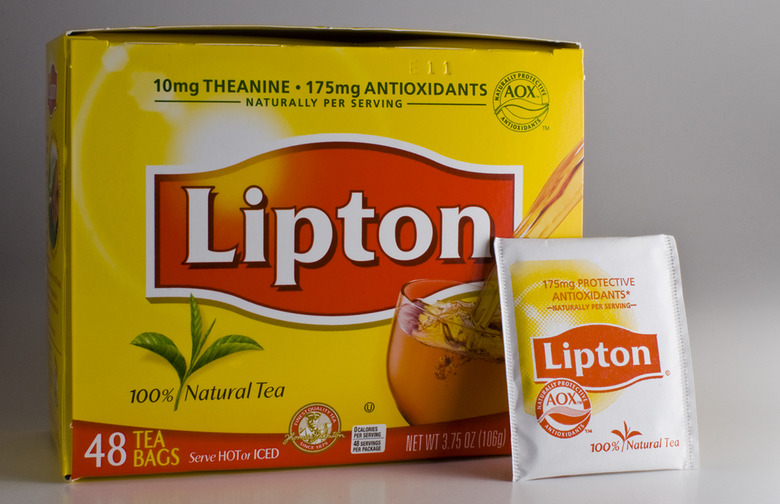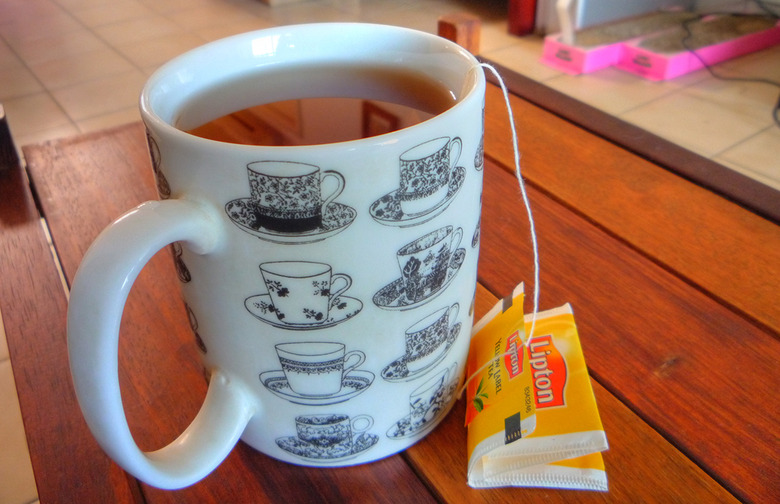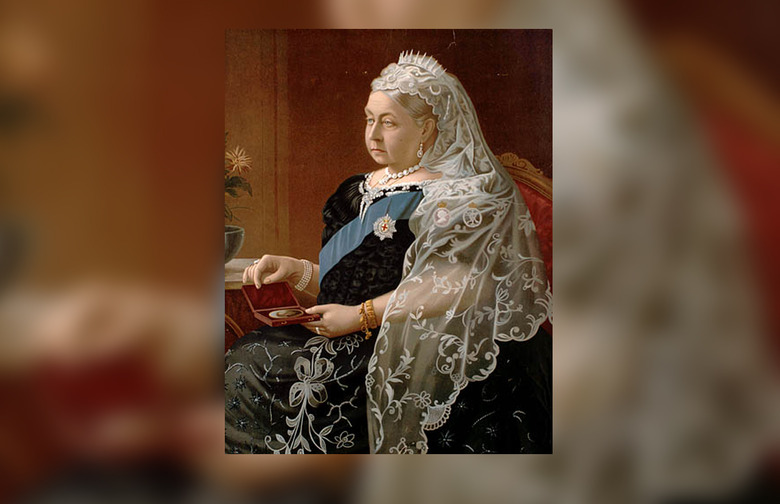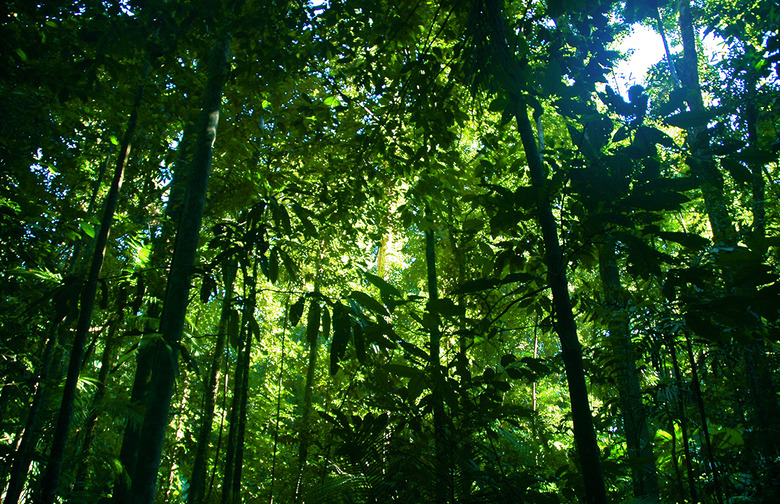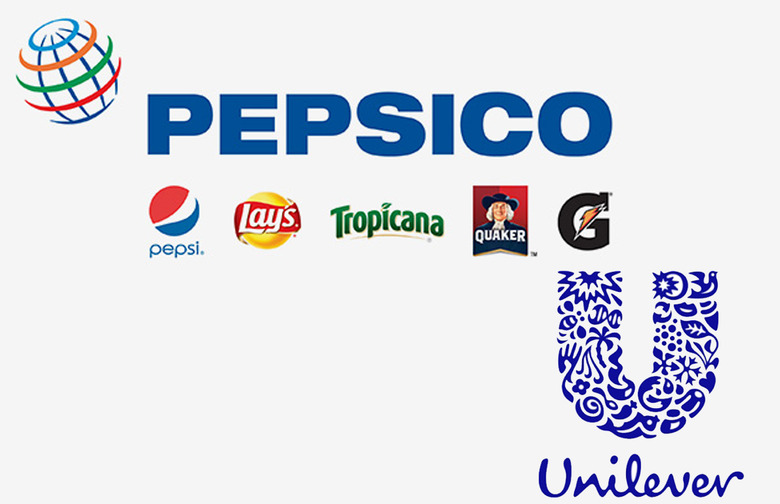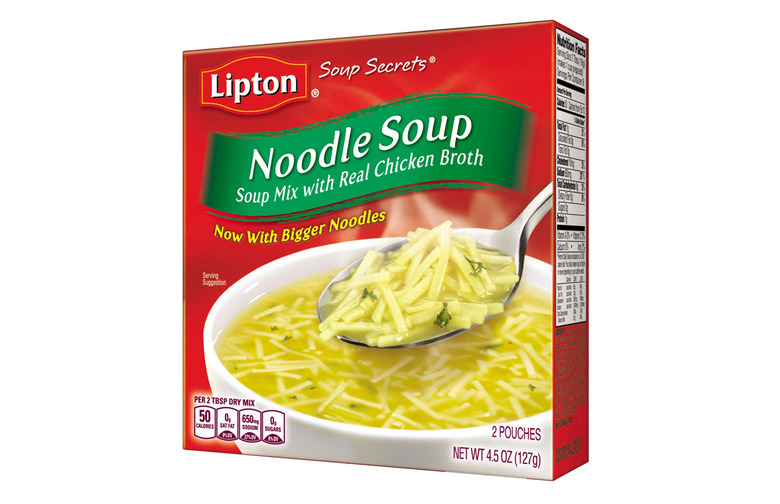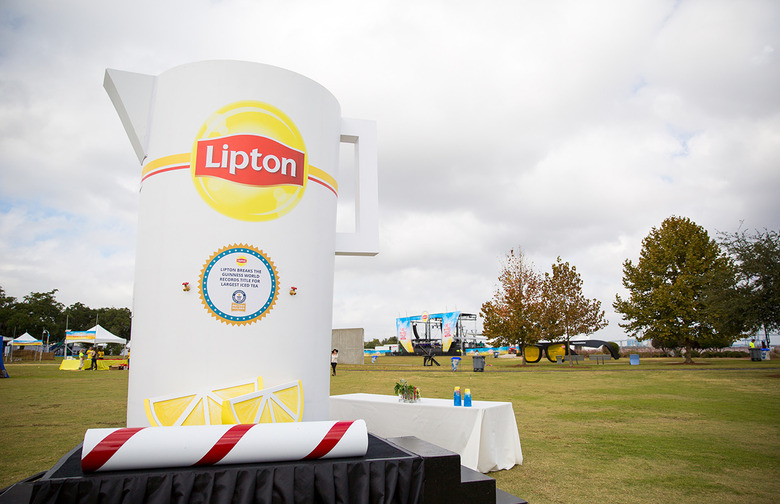9 Things You Didn't Know About Lipton
Nowadays, there are so many tea brands and flavors to try that you might forget about Lipton. Whether it is your brand of choice or not, it's likely that you know exactly what a cup of Lipton's tea tastes like — but you may not know that what makes Lipton so distinct is the company's roots. It all started with a man with a vision: He wanted to give everyone in the world the ability to enjoy tea, regardless of background.
To do so, Thomas Lipton started from scratch. First, he bought five bankrupt plantations and turned them into efficient and quality tea fields. Then, he revolutionized the way tea was packaged, forever changing the way people enjoy it.
Whether it is about the founder, the history of the company, or where it is today, there's plenty to know about this iconic brand.
Read on for 9 things you didn't know about Lipton.
It Began as a Grocery Store
In 1871, Sir Thomas Lipton opened Lipton Grocery in Glasgow, Scotland. A few years later, he bought five bankrupt plantations in Ceylon (now Sri Lanka), and turned them into efficient and quality tea fields so he could sell his own tea in the market for at whatever price he wanted. This was the beginning of the Lipton's tea revolution, compelling him to turn Lipton Grocery into a tea brand instead.
It Then Made Marketing Modern History
In 1889, Lipton celebrated his first 20,000 tea chests arriving in Glasgow with a bagpipe parade and a brass band for the public to see. This wasn't the first wacky marketing stunt he pulled, though, for when Lipton Grocery opened, he issued "Lipton Currency Notes" to locals to promote the business. Crazy stunts like these now have a place in modern marketing history.
It Was the First Brand to Sell Tea Leaves in Tea Bags
Before individual tea bags, loose tea would arrive to countries in crates. Instead of using crates, Lipton packaged loose tea at multiple weight options and put it in individual bags. His brand was the first to use this packaging method.
Lipton Made Tea a Treat for Everyone
Before Lipton, tea was a drink for the rich. Lipton changed this by introducing a car system and cutting out the middlemen in production, allowing him to sell tea at a lower rate.
Lipton was Knighted by Queen Victoria
In 1898, Queen Victoria knighted Thomas Lipton when he was 48 years old. From then on, he was known as Sir Thomas Lipton, the man who gave everyone in the world the ability to enjoy tea at a reasonable price.
The Brand Became Rainforest Alliance Certified in 2007
Lipton has a Rainforest Alliance Certified tea estate in Kericho, Kenya. All Lipton tea bags contain 100 percent certified Rainforest Alliance tea blends, guaranteeing sustainability from "crop to cup," as they put it. Curious about how brands meet this qualification? Click here to find out.
The Company Brought Unilever and PepsiCo Together
Unilever — a multinational consumer goods company — purchased Lipton branches in the U.S. and Canada in 1938. The two companies completed the transaction in 1972, when Unilever bought the remainder of the global Lipton business. In order to grow and gain assistance with bottling expertise, Unilever and PepsiCo joined forces in 1991, creating Pepsi Lipton. Overall, the creation of the 50-50 joint venture — Pepsi Lipton International — was created to accelerate Lipton's growth. This resulted in the marketing of their ready to drink (bottles and canned) teas in North America.
The Company Produces Soup Mixes
Though the brand is best known for its tea, Lipton also has a line of soup mixes. Its most popular flavors include onion, chicken noodle, and matzo ball soup. Who would have thought? See how Lipton's soup mixes did on our store-bought soup taste test here.
The World’s Leading Tea Brand Is Lipton
Lipton is sold in more than 150 countries across the globe, making it the world's leading tea brand. It is particularly popular in North America, Europe, Africa, and the Middle East.
